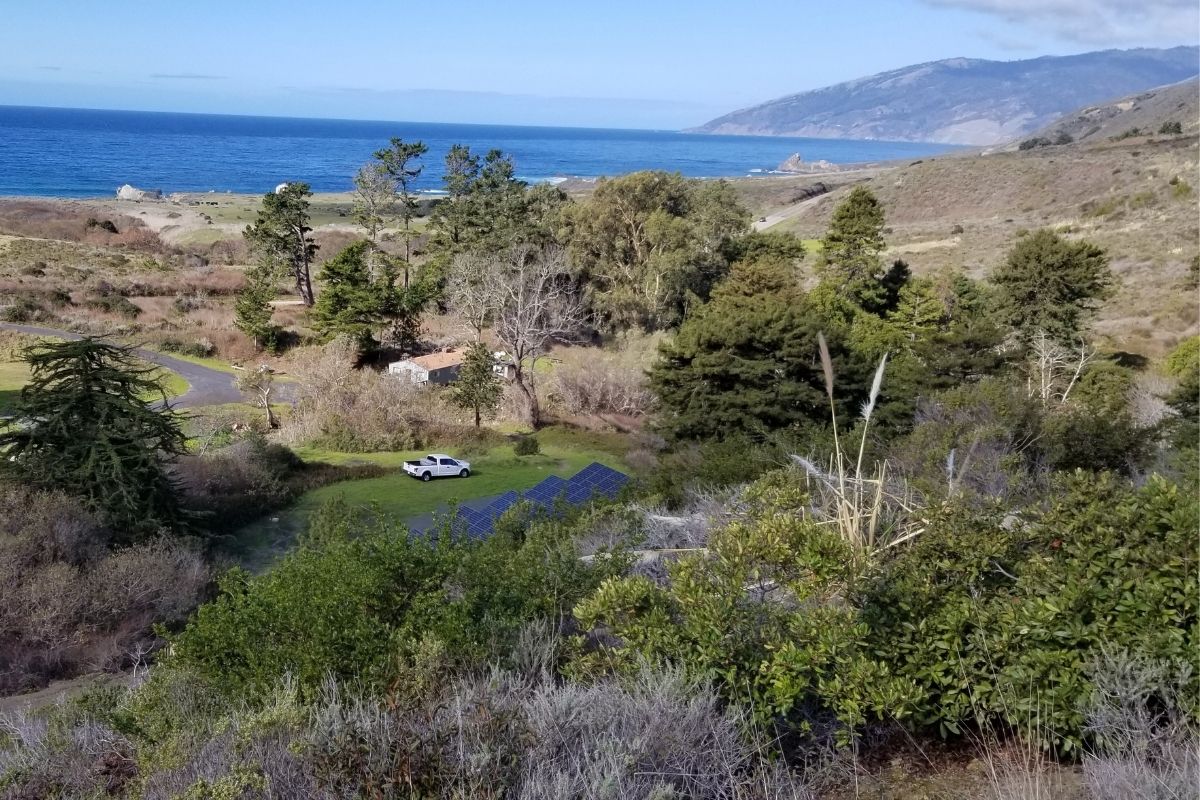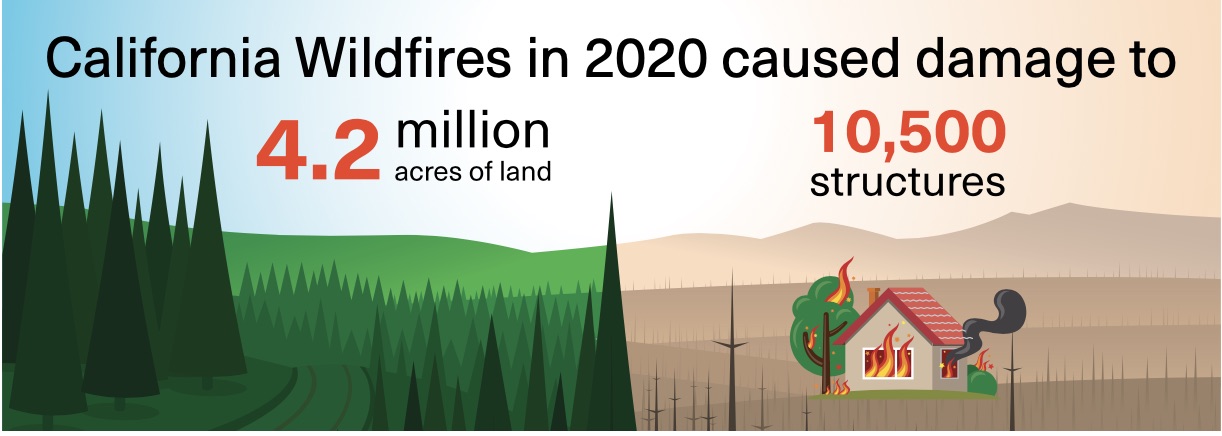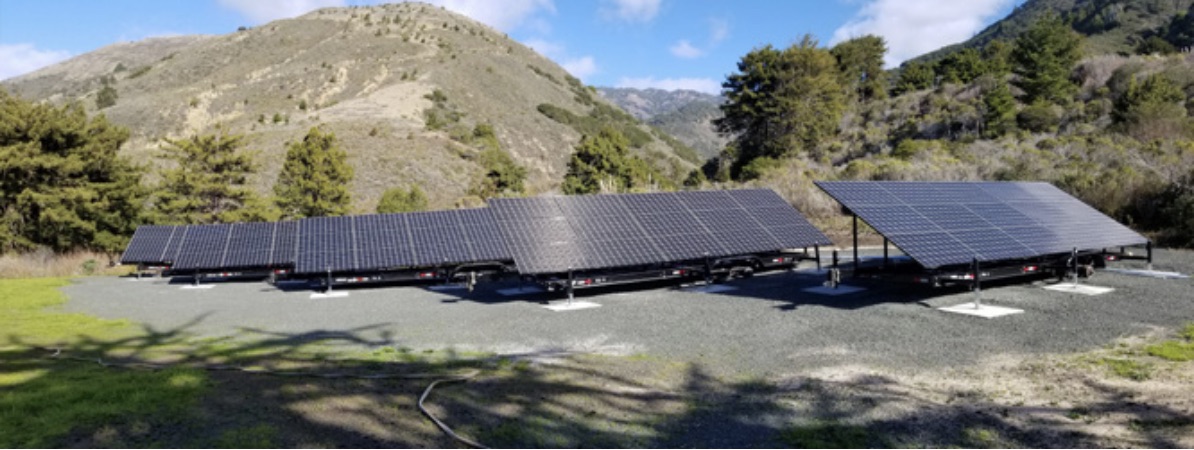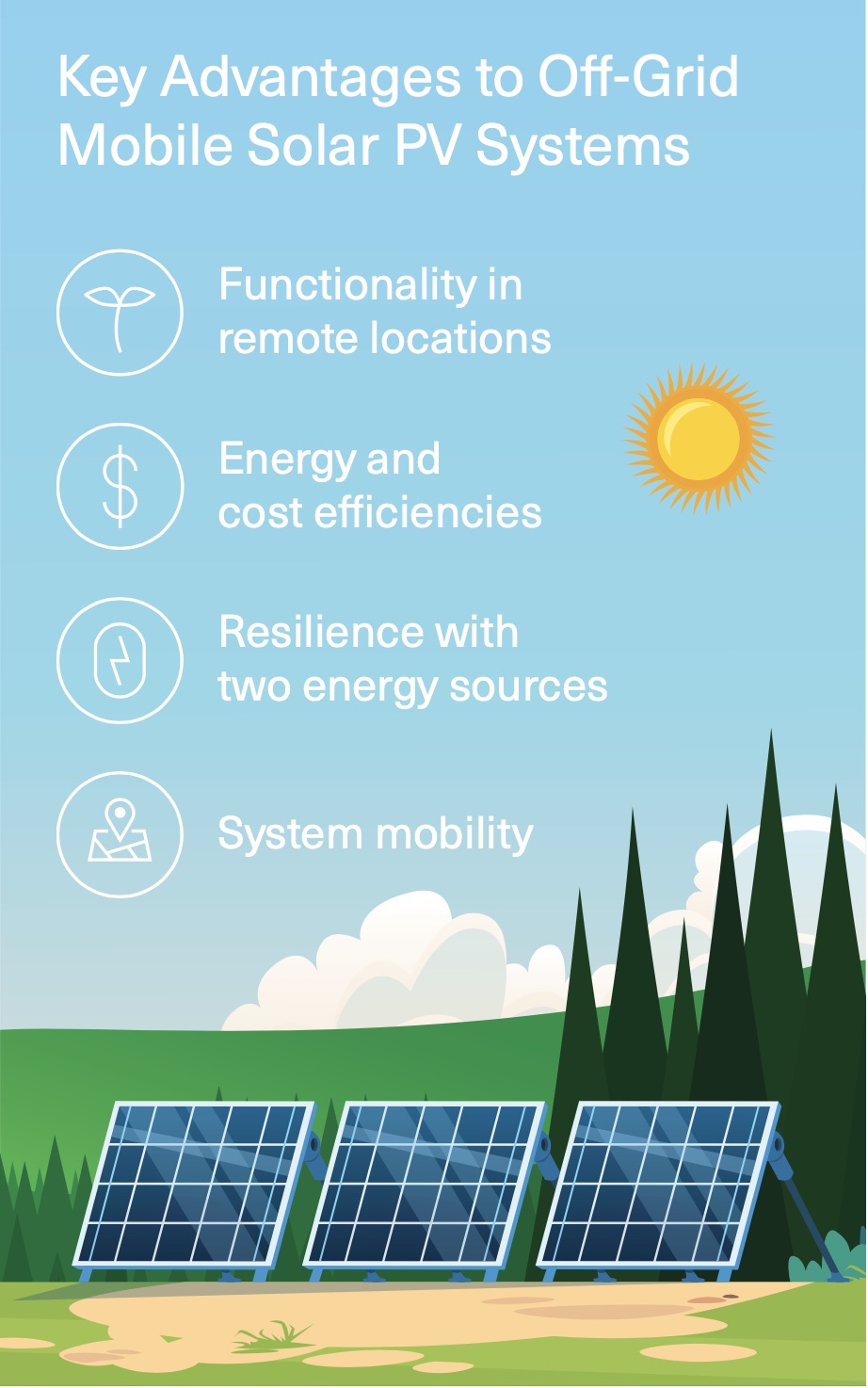Project Highlights
Location: California
Industry: Federal Government
Products Used: Energy Storage,
Services Used: Energy Supply, Financing,
Climate: Dry & Hot
Topic: Efficiency, Lighting, Decarbonization, Energy Services,
- Sustainably powered electricity and on-site equipment
- Greenhouse gas (GHG) emissions Federal sustainability goals
- Protection of National Forests and Grasslands
- Public- and private-sector partnership
- Adaptable, self-sustaining and customized off-grid mobile solar photovoltaic (PV) systems and LED lighting
- Collaboration, knowledge-sharing and cross-team motivation
- Improved power-system function and independence
- Reduced health, safety and environmental risks
- Nearly $3.8 million total guaranteed cost savings over a 22-year performance period
- GHG-emission declines to barely zero
- Progress toward federal- sustainability and similar targets
Challenge
From clean air and fresh water to recreational activities and wildlife habitats, everyone benefits from U.S. forests and grasslands.
The U.S. Forest Service (USFS), an agency of the U.S. Department of Agriculture, stewards 193 million acres across the country’s 154 National Forests and 20 National Grasslands. However, forests and grasslands are greatly imperiled by wildfires. According to the State of California, wildfires destroyed over 4.2 million acres of land in the state, and damaged or destroyed nearly 10,500 structures in 2020.
The USFS selected five fire facilities in five National Forests in California for a solar-energy and lighting-upgrade project. Facilities were selected based on a lifecycle cost assessment conducted as part of Trane’s Investment Grade Audit. Each site is remote and off-grid,
and had been relying on truck-delivered propane or diesel for generators that provided electricity and directly powered on-site equipment.




































































































